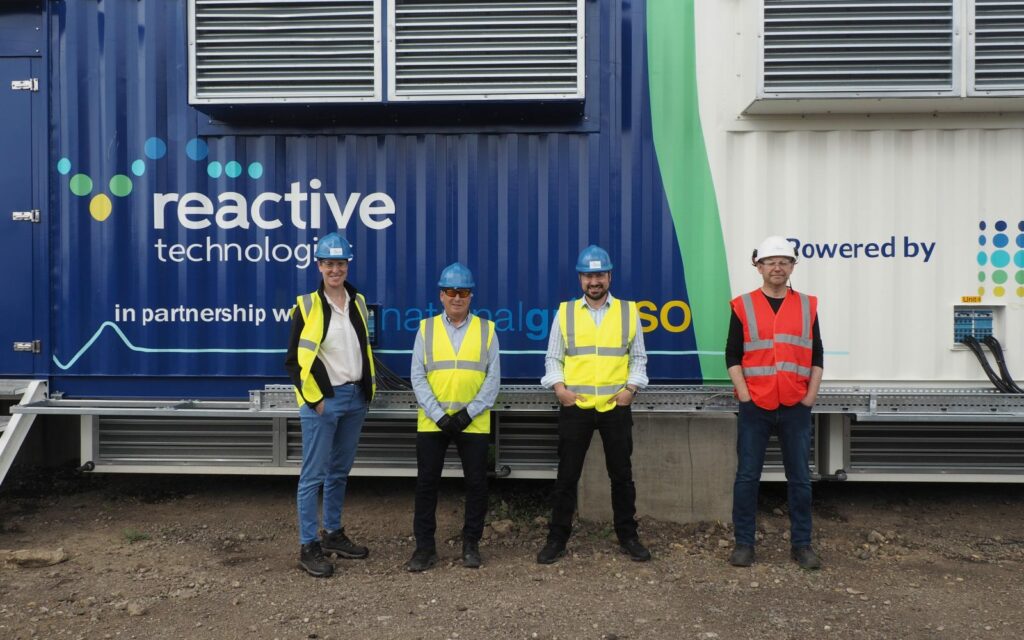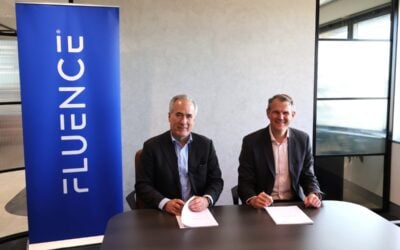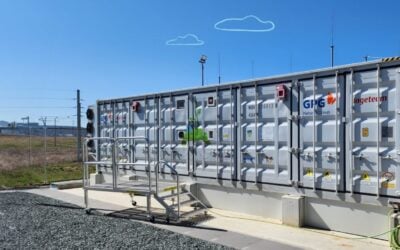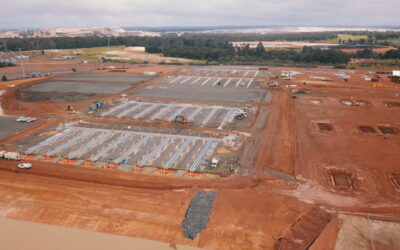
Breakthrough Energy Ventures was among investors in a Series C funding round for Reactive Technologies, a company which has developed a means to measure “fundamental grid stability parameters in real-time,” offering visibility to renewable energy and energy storage asset developers and system planners.
The UK and Finland-based company makes what it claimed is the first and only grid inertia direct measurement system in the world, called GridMetrix. Using the technology, transmission and distribution network operators can measure grid inertia and system stability in real-time. The new investment will be used to take the company into new international markets.
Enjoy 12 months of exclusive analysis
- Regular insight and analysis of the industry’s biggest developments
- In-depth interviews with the industry’s leading figures
- Annual digital subscription to the PV Tech Power journal
- Discounts on Solar Media’s portfolio of events, in-person and virtual
US$15 million funding has been raised in the round, with power management solutions company Eaton and UK-based investment group BGF also joining. Germany-based clean energy transaction advisory group Apricum acted as Reactive Technologies’ exclusive financial advisor. Management consultancy group Accenture previously invested in the company last year through its Accenture Ventures arm, forming a strategic alliance with Reactive Technologies.
Marc Borrett, Reactive Technologies’ CEO, told Energy-Storage.news that the value proposition centering around “trusted, proven and unique measurements of fundamental grid stability parameters in real-time” is a “critical component to aid and speed progress to net zero”.
The idea behind the digital technology is that grid management and planning — including the addition of renewable energy and energy storage assets — can be optimised through giving network and system operators this greater visibility. It can enable greater stability, efficiency and safety in grids as they transition towards higher shares of variable renewable energy and lower proportions of thermal power generation.
“Today, renewable generation and battery storage assets can have difficulty in connecting to the power grid due to inertia or system strength constraints,” CEO Borrett said.
“Our vision is that grid operators use our real-time direct measurement data to drive the right services, solutions and markets for battery storage systems as well as helping to prove the performance of next generation inverter technologies, which together can ultimately allow for more renewables to integrate safely and achieve Net Zero.”
System inertia traditionally has been provided to grids as a by-product of thermal power assets’ synchronous generation profile. As grids around the world move towards more inverter-based technologies, some energy storage companies have advocated for using batteries and other storage as ‘digital inertia’ or ‘synthetic inertia’.
Marek Kubik, a director at battery storage technology provider Fluence blogged on this subject for this site in 2018, quoting a study that found batteries can provide as much inertial response to the system as thermal generation with just 1/10th of the capacity. Similarly in a blog last year, CEO Javier Cavada and director Gary Preece at liquid-air energy storage system company Highview Power argued that energy storage of various kinds can provide grid synchronous inertia and help prevent blackouts and other failures of the grid.
Meanwhile, a 30MW battery storage pilot project in South Australia by Hitachi ABB Power Grids became Australia’s first virtual synchronous generator a while back, providing system stability in a region with very high levels of renewables, mainly from rooftop solar and local onshore wind.
Bill Gates’ Breakthrough Energy Ventures Group has become something of a prolific investor in innovative clean energy companies, including lithium battery recycling group Redwood Materials, various energy storage startups like iron-air long-duration battery company Form Energy, long-duration ‘pumped heat’ startup Malta Inc, and others.






